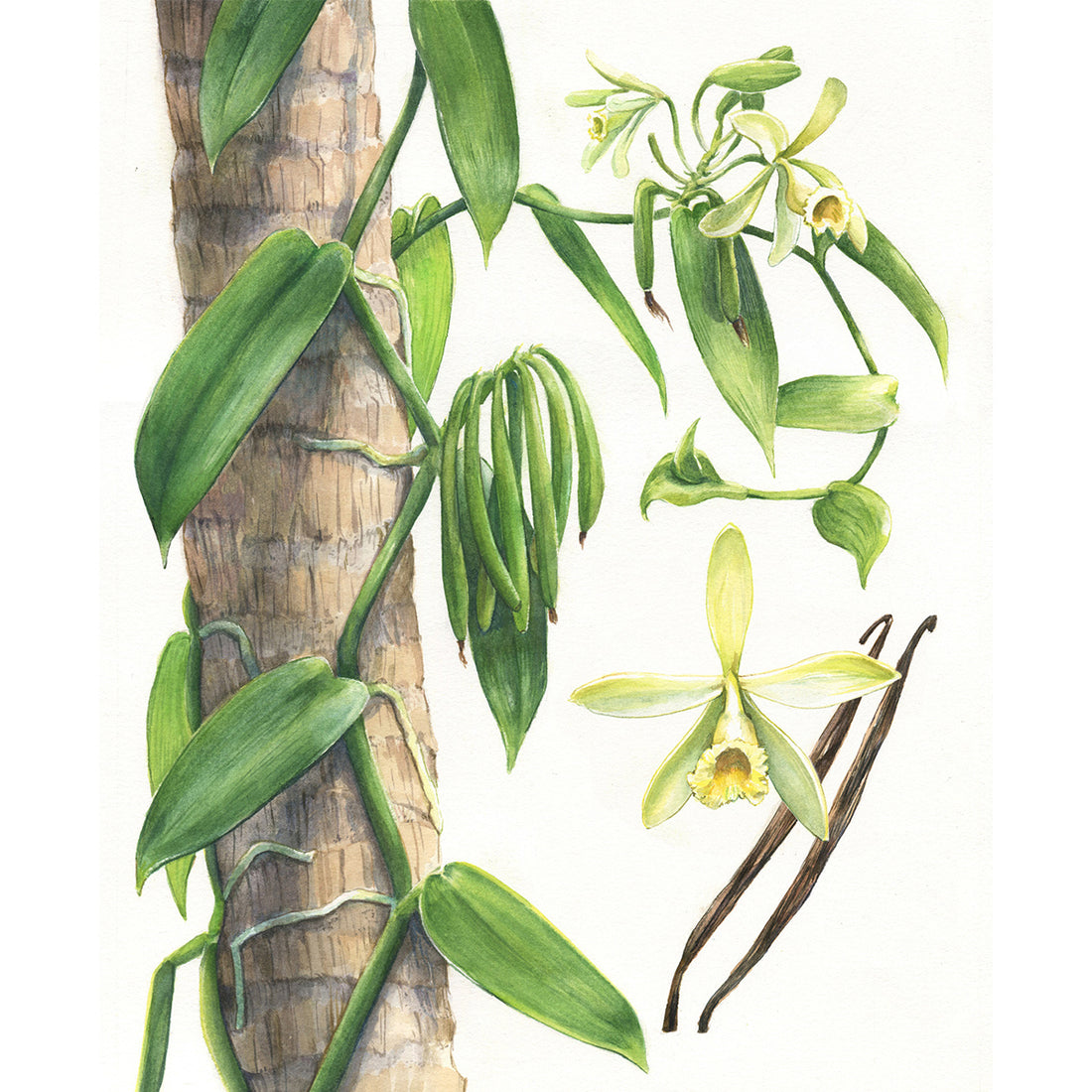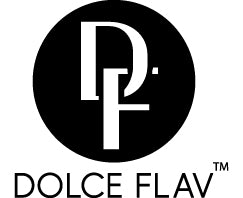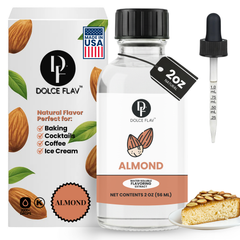
Why Artificial Vanilla Flavor is More Abundant Than Natural Vanilla Flavoring
What is vanilla?
Vanilla is a spice extracted from the orchid genus Vanilla, principally from the pods of the Mexican species, flat-leaved vanilla (V. planifolia). Vanilla is derived from vainilla, a diminutive of the Spanish word vaina (vaina itself meaning a sheath or a pod), and is simply translated as "little pod." The vanilla orchid vine, known as tllxochitl by the Aztecs, was grown by Mesoamericans.

Because producing the vanilla seed pods is labor-intensive, vanilla is the second-most costly spice after saffron. Regardless, vanilla is frequently utilized in business and domestic baking, perfume production, and aromatherapy.
What is the difference between artificial vanilla and vanilla extract?
Regular flavors contain tones that synthetic "counterparts" need. Consider scent, which isn't just comparable, yet part of flavor.
Vanillin is just a single particle in vanilla, and that is the thing that individuals integrate when they make artificial vanilla, that one atom. They orchestrate it various ways, from various sources. However, it's still that one particle. Yet, genuine vanilla beans have a perplexing cluster of minor flavors that make up the full bouquet, not simply vanillin.
Vanilla beans are restored and matured before the aged flavor is removed into a base - that, as well, adds to the flavor and the expense, it's all hand work, case by unit, setting them up, and requires 12–14 months.
Very much like other produce, better places develop vanilla beans with a particular bunch of fragrances. So normal concentrate might be from Tahiti, or Mexico or Africa or an assortment of other tropical spots - and each has its own flavor signature.

Health Benefits of Vanilla Extract:
Vanilla bean extract is more concentrated than artificial vanilla bean extract, and it is used not only for its scent and flavor, but also for its incredible health benefits.
- Aids in infection treatment: The active chemicals found in Vanilla, like as vanillin and isoeugenol, are believed to have anti-filarial properties.
- Vanillic acid and vanillin are antioxidants contained in natural vanilla extract that protect the body against hazardous components such as free radicals and toxins. These antioxidants are used to preserve food and health supplements known as nutraceuticals.
- Antimicrobial properties: The active components in Vanilla planifolia vanilla extract are flavonoid and alkaloid in nature. All sections of this plant have the potential to be a source of newer antibacterial chemicals.
- Anti-inflammatory activity: Vanilla extract has anti-inflammatory properties and helps to maintain liver health.
- Antinociceptive effect: According to a research, Vanillin is an antinociceptive agent.
Natural Vanilla Flavor vs. Artificial Vanilla Flavor
Vanilla is an extremely versatile flavoring ingredient that is popular all over the world. It may be found in all of our confectionary items such as ice cream, sweets, cakes, and biscuits. Vanilla enhances the impression of sweetness and other flavors as well.
The following are some of the reasons why the majority of users choose artificial vanilla flavoring over natural flavoring.
Affordability:
When compared to artificial flavorings, natural vanilla flavoring is pricier. The synthetic ingredients in artificial vanilla flavor are often less expensive to create than natural vanilla sources.

Production:
Natural vanilla flavoring is created by curing vanilla beans. Plants might take up to 4 years to mature and begin bearing fruit. Flowers must be pollinated by hand, and beans must be gathered, blanched, and dried by hand. The full process of turning a vanilla bean into a useful vanilla pod might take 6 to 8 months.
Artificial vanilla flavoring is essentially nature-identical artificial vanillin (i.e.) synthetic vanillin derivatives manufactured on a large scale from guaiacol or lignin extracts extracted from wood pulp or petroleum byproducts.
Quality:
The only difference between natural and synthetic vanillin is the source of the compounds. When compared to real vanilla flavoring, artificial vanilla flavoring has just 1 mg of sodium. It also does not provide fat or calories.

CONCLUSION:
The problem is that not everyone has the same amount of taste buds, thus not everyone can truly appreciate all of this intricacy. So, give it a go, see what you think of it, and decide whether the price difference is worth the flavor difference. There is nothing intrinsically superior or worse about either; it is just a choice of preference. Keep an open mind about any alterations that may occur in your palette; they do change over time.


